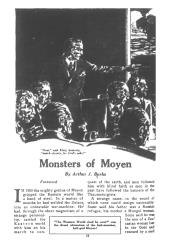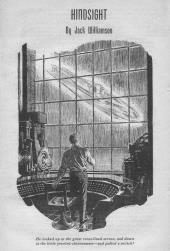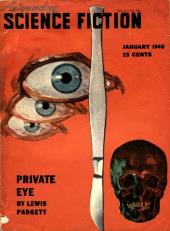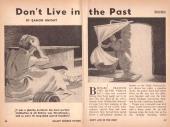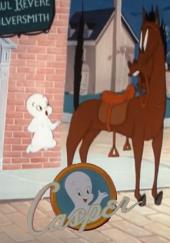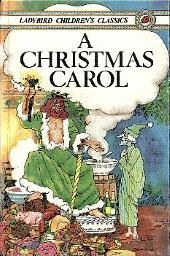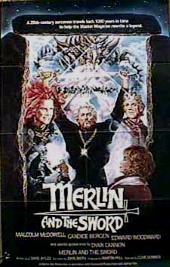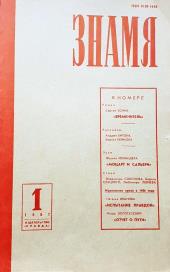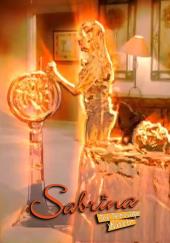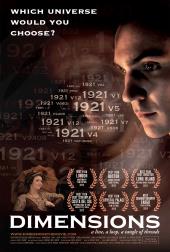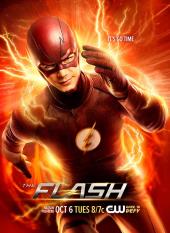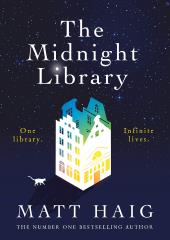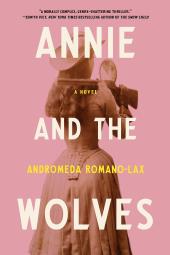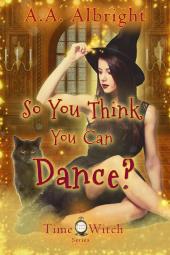Novelette
Monsters of Moyen
- by Arthur J. Burks
- Astounding Stories of Super-Science, April 1930
When the U.S. is attacked with monsterous submarine/aeroplanes by the demagogue Moyen, it's up to Professor Mariel to find a way to save the country, possibly even through the manipulation of time itself! —Michael Main
In this, I have even been compelled to manipulate in the matter of time! I must not only defeat and annihilate the minions of Moyen, but must work from a mathematical absurdity, so that at the moment of impact that moment itself must become part of the past, sufficiently remote to remove the monsters at such distance from the earth that not even the mighty genius of Moyen can return them!

